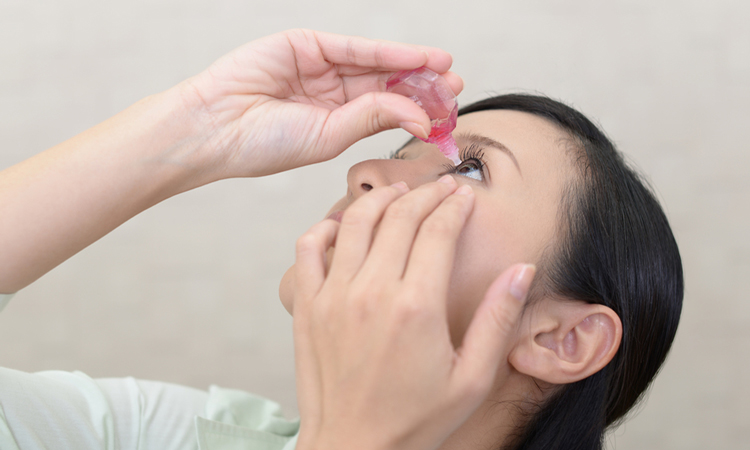Dry eye syndrome therapies in pipeline show promise, says report
Posted: 26 February 2020 | Victoria Rees (European Pharmaceutical Review) | No comments yet
A report has revealed that the products in the pipeline to treat dry eye syndrome are expected to expand the number of options available for patients.


According to new research, current treatment options for dry eye syndrome (DES) are limited to artificial tears, mostly on its own for milder forms of DES and in combination with anti-inflammatory and corticosteroid therapies for more severe forms of DES.
However, a report from Globaldata says that this treatment paradigm is expected to see a significant change in the next 10 years thanks to a number of promising therapies currently in pipeline development.
According to the outlet, there are 52 pipeline products in different stages of development at present, which include Phase I, II and III products across the nine major markets of the US, France, Germany, Italy, Spain, UK, Japan, China and India. Of these 52, 16 are currently in Phase III development.
Vinie Varkey, Senior Analyst of Neurology & Ophthalmology at GlobalData, commented: “Current treatment options are limited to corticosteroids and artificial tears, as well as different cyclosporine formulations such as Restasis, Ikervis, Cequa or lymphocyte function-associated antigen-1 (LFA-1) antagonist Xiidra (lifitegrast), all of which principally impart an anti-inflammatory response to alleviate symptoms. In light of these limited options, the number of pipeline products for DES is encouraging.”
The research emphasises that it is not just the number of pipeline products that are appealing, but also the mechanisms of actions (MOAs) of some of these products in development.
Varkey continued: “Key opinion leaders interviewed by GlobalData were generally excited by the breadth of development in this area, as well as the novel MOAs of these pipeline products. Some explore new avenues for tackling DES, such as improving the function of meibomian glands or inhibiting the formation of toxic metabolites and these have generally boded well with key opinion leaders.”
…this treatment paradigm is expected to see a significant change in the next 10 years”
However, the outlet reports that a lot of this market will depend on results from Phase III clinical trials evaluating these products and in particular for key opinion leaders to decide on how much better these newer therapies perform against currently available treatments.
Varkey concluded: “One of the major unmet needs within DES is the need for therapies with new MOAs. With this in mind, there is an anticipation that some of these pipeline products, if not all, will be able to address this major need. For example, RegeneRx Biopharmaceuticals’ RGN-259 is proposed to improve corneal wound healing by down regulation of pro-inflammatory cytokines or Novaliq’s NOV03 that is understood to improve the function of the meibomian gland. If results from Phase III clinical trials are able to demonstrate superior efficacy compared to what is currently available, then that is likely to be an impetus for switching patients to these newer therapies.”
Related topics
Big Pharma, Clinical Development, Clinical Trials, Drug Development, Drug Markets, Industry Insight, Research & Development (R&D)









